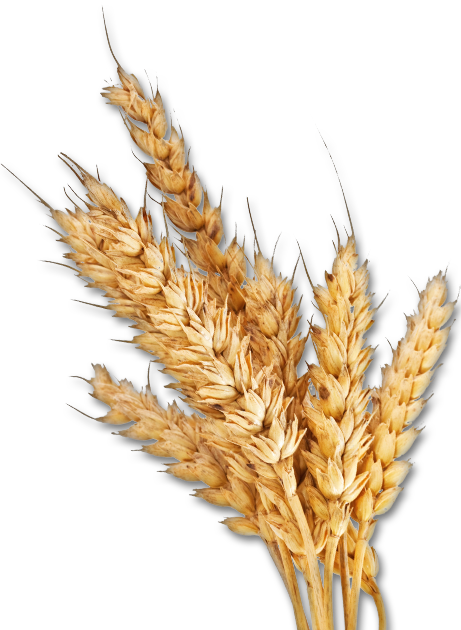The Craft
The Making Of FiftySix.

Step 01
Malting
Specifically selected by distillers for certain unique characteristics, the barley grains are soaked in warm Scottish fresh water for several days, which are then laid out on the floor of a malting house to enable the germinating process called malting. Once the barley starts to shoot, it is then dried in a kiln to stop the germinating process. Traditionally, peat was used to power the kiln, of which the smoke from different types of peat coupled with the length of drying time would influence the flavour of the final spirit. Once dry, the barley is now called malt and ground in a mill into flour called the grist. FiftySix Degrees uses unpeated malt to promote a purer and richer malty whisky.
Step 02
Mashing
Pure water that is sourced from a local and reliable source is heated and added into the grist in a large vessel called a mash tun and is stirred for several hours. This will aid in the extraction of a soluble sugar liquid called the wort which is drawn off through the bottom of the mash tun. Pure and natural water is not only essential to the whisky making process, it also influences the character of the final spirit as it contains minerals from its journey from the mountains through rocks and earth. This would explain why most distilleries in Scotland are located next to a river, spring or lake.
Step 03
Fermentation
The wort is cooled and filled into large wooden or steel tanks called washbacks. Yeast is added into the wort and left to ferment for about 48 hours. Some distilleries may extend the fermentation process to get a favoured characteristic. The selection of a particular strain of yeast, just like barley and water, is essential in contributing to the final flavour of the spirit. The resulting liquid, called the wash is similar to that of a beer or ale.
Step 04
Distillation
Distilleries in Scotland will traditionally distil the wash twice in copper stills. When a double distillation process is employed, the wash is entered into a wash still and is heated to the boiling point of alcohol, which is lower than that of water, and the vapour that rises up to the neck of the wash still condenses and is collected in liquid form called low wines which are unusable as it is. The low wines are then passed through a smaller still called the spirit still.
It is at this stage where alcohol that is produced is separated into three parts - Alcohol collected in the beginning of distillation is usually of high alcohol content and pungent; alcohol at the end of the distillation are usually weak and also pungent; and alcohol in the middle of distillation, also known as the heart, is selected by a skilful distiller and is collected through the spirit safe. This heart is fragrant and has an alcoholic strength between 65% and 70% which is taken to be matured and turned into whisky.
Step 05
Maturation
Our malt whiskies have been aged in oak barrels that formerly contained bourbon and is then finished in sherry casks. These casks are hand-picked from the most trusted sources which provide intriguing layers of flavours and aromas. Additionally, the porous nature of wood, the fresh air and humidity of the highlands where our casks are stored, the position and height the casks are stored, will over the years have breathe in air in its environment further adding to the unique character of the whiskies.
Different distilleries age and store their casks differently to achieve the whisky's own unique set of characteristics.
Finale
FiftySix Degrees
A sleek bottle design incorporates a sense of continuity between unwavering traditions of whisky-making and modernity. Aged in hand picked bourbon and sherry oak casks, FiftySix Degrees boasts a balanced aroma of soft slightly citrus top notes and a rich malty heart.


